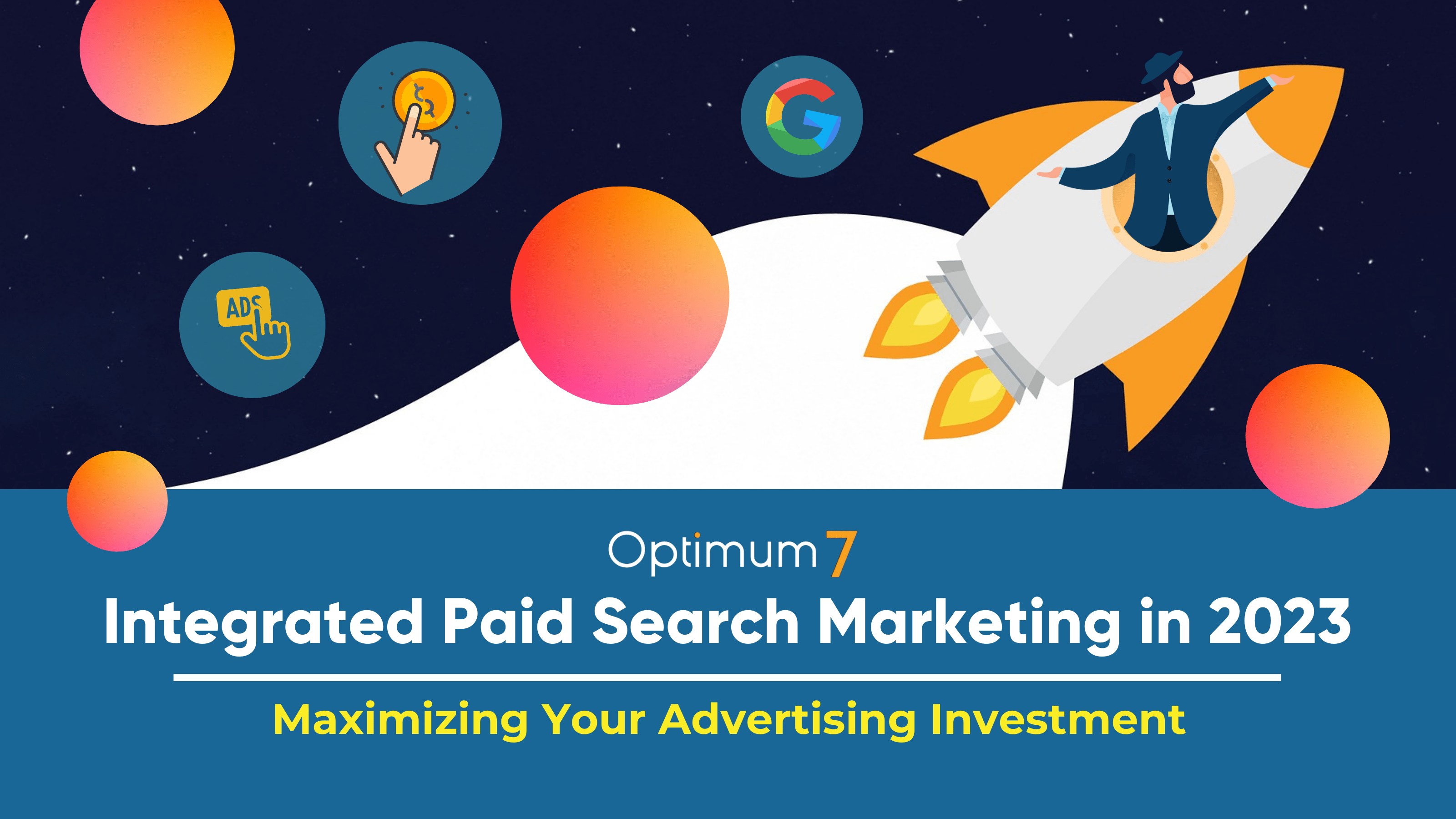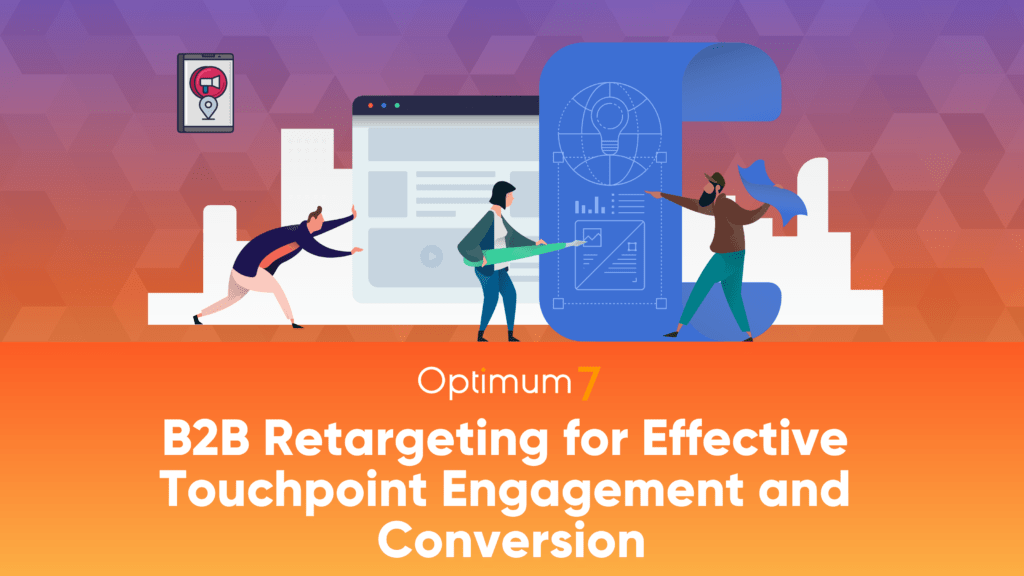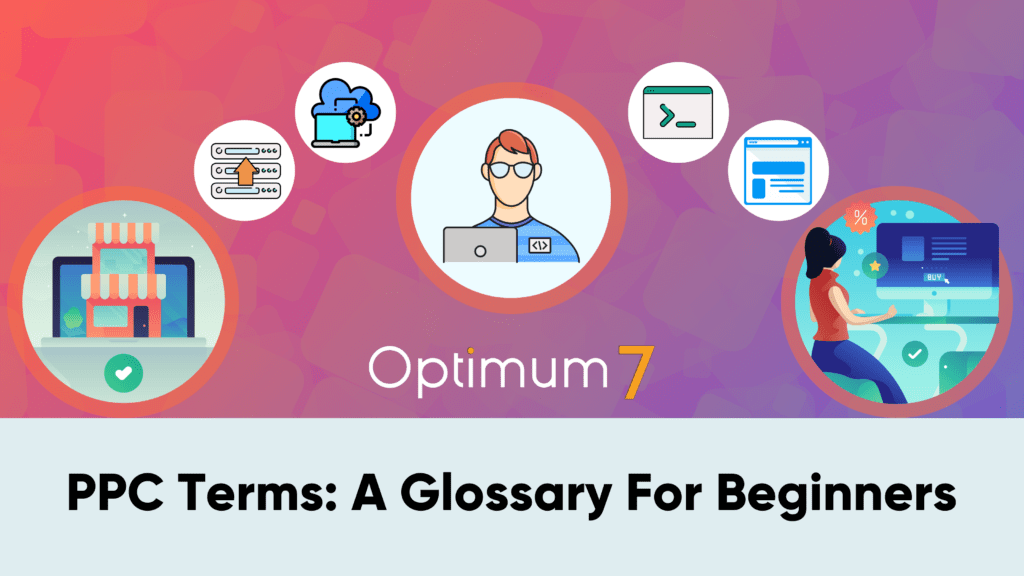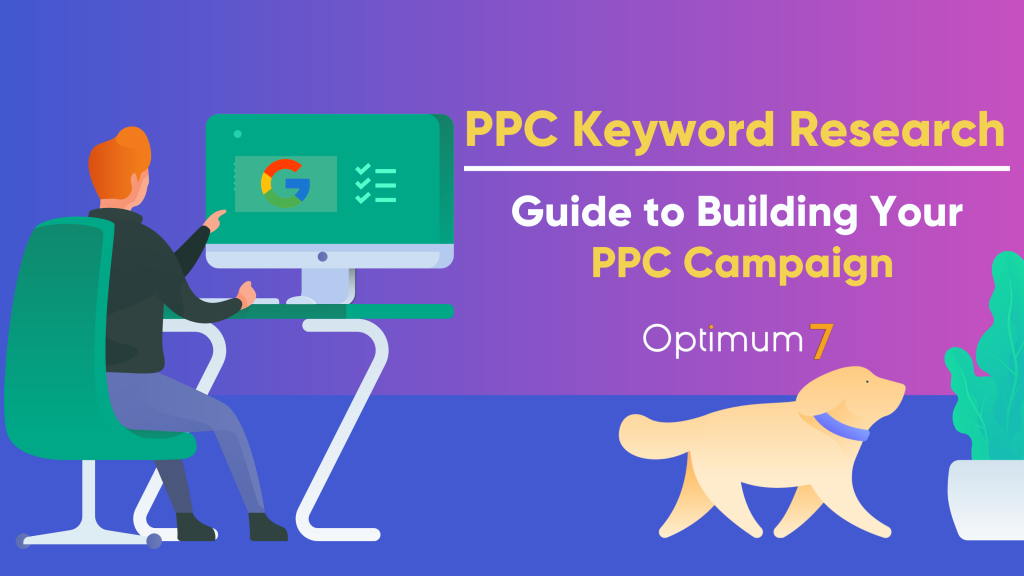In the constantly evolving world of digital marketing, paid search advertising has been a reliable tool for businesses to drive traffic, generate leads, and increase revenue. However, simply running a paid search campaign without a comprehensive strategy and integration with other marketing channels may not yield the desired results. As we move into 2023, businesses need to understand the importance of integrated paid search marketing to maximize their advertising investment.
What is Integrated Paid Search Marketing?
Integrated paid search marketing is a holistic approach to digital marketing that involves using paid search advertising in conjunction with other marketing channels, such as social media, email marketing, content marketing, and SEO. This approach ensures that all marketing efforts work together to achieve the same goals and amplify the effectiveness of each channel.
Why is Integrated Paid Search Marketing Important in 2023?
As digital marketing becomes more competitive, businesses need to find ways to stand out and attract their target audience. Integrated paid search marketing allows businesses to increase their online visibility and improve their chances of getting in front of potential customers. By integrating paid search with other marketing channels, businesses can create a cohesive brand message and provide a seamless user experience across all touchpoints.
The Benefits of Integrated Paid Search Marketing
Enhanced targeting and personalization: By integrating paid search with other marketing channels, such as social media, email, and content marketing, businesses can gather data from various sources to create more targeted and personalized campaigns. This ensures that the right message is delivered to the right audience at the right time, resulting in increased engagement and a higher likelihood of conversion.
Increased conversion rates and better ROI: Integrated paid search marketing allows businesses to create a seamless user experience that guides potential customers through the sales funnel. By providing a consistent and relevant message across channels, businesses can effectively nurture leads and drive them towards conversion. This leads to higher conversion rates, better return on investment (ROI), and ultimately, increased revenue.
Improved brand recognition and loyalty: By using a consistent brand message across all marketing channels, businesses can increase their brand recognition and build brand loyalty. A strong, unified brand presence allows customers to easily recognize and remember a business, which in turn can lead to increased customer retention and long-term success.
Greater efficiency and cost-effectiveness: By using an integrated approach, businesses can optimize their marketing efforts and achieve greater efficiency in their overall marketing strategy. By analyzing performance data from multiple channels, businesses can identify which tactics are most effective and allocate their resources accordingly. This leads to a more streamlined marketing process and, ultimately, cost savings.
Enhanced data insights and decision-making: Integrated paid search marketing provides businesses with a wealth of data from various sources. This data can be used to make informed decisions about marketing strategies, audience targeting, and budget allocation. By using data-driven insights, businesses can fine-tune their marketing efforts and continuously improve their campaigns for maximum effectiveness.
Improved customer journey and experience: By integrating paid search with other marketing channels, businesses can create a more cohesive and consistent customer journey. This not only enhances the user experience but also helps to build trust and credibility with potential customers. A positive customer experience is critical for driving conversions and fostering long-term customer relationships.
Creating a Comprehensive Integrated Paid Search Marketing Strategy
- Define your Ideal Customer Profile (ICP): Begin by identifying the characteristics of your ideal customers, including their demographics, interests, and behaviors. This will help you target your marketing efforts more effectively and ensure that your advertising budget is allocated towards the most relevant audience segments.
- Segment your ICP for different levels of awareness: Divide your ICP into segments based on their level of awareness of your product or service. This will enable you to create tailored content and messaging for each stage of the buyer’s journey, from initial awareness to consideration, preference, and ultimately, the decision stage.
- Create content for different levels of awareness: Develop content that addresses the unique needs and concerns of prospects at each stage of awareness. This will help move them through the funnel from unaware to most aware, increasing the likelihood of conversion.
- Utilize multiple marketing channels for a cohesive strategy: Incorporate various marketing channels, such as paid search, social media, email marketing, and content marketing, to create a cohesive and integrated strategy. This ensures that your target audience encounters your brand through multiple touchpoints, which helps reinforce your message and increase the chances of conversion.
- Implement retargeting campaigns to re-engage potential customers: Prospects need to encounter multiple touchpoints with your brand before they’re ready to convert. Implement retargeting campaigns to re-engage potential customers who have shown interest in your product or service but have not yet converted. This will help you stay top-of-mind and increase the likelihood of conversion.
- Continuously test and optimize your campaigns: Regularly test different ad creatives, copy, and targeting options to identify the most effective combinations for your campaigns. This will help you refine your messaging, improve your overall campaign performance, and maximize your advertising investment.
- Monitor and analyze performance data: Track the performance of your integrated paid search marketing campaigns across all channels and use data-driven insights to optimize your efforts. Regularly review key performance indicators (KPIs), such as click-through rates (CTRs), conversion rates, and return on ad spend (ROAS), to identify areas for improvement and adjust your strategy accordingly.
- Foster collaboration between marketing and sales teams: Ensure that your marketing and sales teams are aligned and working together towards common goals. This will help create a seamless experience for prospects as they move through the sales funnel and increase the likelihood of conversion.
Using proper tools while creating and
By following these steps and creating a comprehensive integrated paid search marketing strategy, businesses can maximize their advertising investment, increase brand awareness, drive more qualified leads, and ultimately, improve their conversion rates.
Implement Your Integrated Paid Search Marketing Strategy
- Set goals and objectives: Define your marketing goals and align them with your overall business objectives. Establish clear, measurable key performance indicators (KPIs) that will help you track your progress and evaluate the success of your integrated paid search marketing strategy.
- Identify your target audience: Gain a deep understanding of your target audience by analyzing their behavior, interests, pain points, and preferences. Use this information to create audience personas, which will help guide your content creation and targeting efforts.
- Develop a cohesive brand message: Create a consistent brand message that aligns with your marketing goals and resonates with your target audience. This message should be communicated across all marketing channels to ensure a seamless and unified customer experience.
- Choose the right channels: Identify the marketing channels that work best for your business and integrate paid search advertising with them. Consider factors such as your target audience’s preferences, your industry, and your marketing goals when selecting the most appropriate channels.
- Create compelling content and ad creatives: Develop engaging content and ad creatives that address your target audience’s needs, interests, and pain points. This content should be tailored to each marketing channel and stage of the buyer’s journey to maximize its effectiveness.
- Allocate your budget effectively: Determine the optimal allocation of your advertising budget across different marketing channels, taking into account factors such as cost per click (CPC), cost per acquisition (CPA), and return on ad spend (ROAS). Continuously monitor and adjust your budget allocation to maximize your advertising investment.
- Monitor and optimize your campaigns: Regularly track the performance of your integrated paid search marketing campaigns using analytics tools and data-driven insights. Identify areas for improvement and optimize your campaigns by adjusting ad targeting, bidding strategies, and ad creative elements.
- Test and learn: Continuously test different aspects of your integrated paid search marketing campaigns, such as ad copy, keywords, and audience targeting options. Use the results of these tests to refine your campaigns and improve their performance over time. Embrace a culture of experimentation and learning to stay ahead of the competition and ensure that your marketing efforts deliver the best possible results.
By following these steps and focusing on continuous improvement, businesses can maximize their advertising investment and achieve greater success with their integrated paid search marketing campaigns in 2023 and beyond.
Key Trends in Integrated Paid Search Marketing for 2023
The rise of voice search
With the increasing popularity of voice assistants like Siri, Alexa, and Google Assistant, businesses need to optimize their paid search campaigns for voice search queries. This includes focusing on conversational keywords and long-tail phrases, as well as considering the user’s intent when crafting ad copy and landing page content.
The importance of video advertising
Video advertising is becoming increasingly popular as it offers a more engaging and immersive experience for users. Businesses need to incorporate video ads into their integrated paid search marketing strategy to capture the attention of their target audience and communicate their value proposition effectively. Additionally, video ads can be used across multiple platforms, such as YouTube, social media, and display networks, to create a more cohesive and impactful marketing campaign.
The growth of artificial intelligence
AI-powered tools like chatbots and predictive analytics can help businesses create more targeted and personalized paid search campaigns. By leveraging machine learning algorithms and automation, marketers can optimize their ad targeting, bidding, and messaging in real-time, leading to increased efficiency and improved campaign performance.
Emphasis on local search and hyper-targeting
With the ongoing growth of mobile usage and location-based services, local search is becoming increasingly important for businesses. Advertisers should focus on optimizing their paid search campaigns for local intent, using location-specific keywords, and targeting users based on their geographic location to drive more relevant traffic and conversions.
The rise of data privacy and consumer trust
As concerns over data privacy and security continue to grow, businesses must prioritize consumer trust and transparency in their marketing efforts. This includes ensuring compliance with data protection regulations, such as the General Data Protection Regulation (GDPR) and the California Consumer Privacy Act (CCPA), and being transparent about how consumer data is used and protected.
The integration of offline and online marketing efforts
To create a seamless customer experience, businesses should integrate their offline and online marketing efforts. This includes using offline data, such as in-store purchases and customer interactions, to inform online advertising campaigns, and leveraging online data to create more targeted and personalized offline marketing initiatives.
Conclusion
Integrated paid search marketing is a must-have strategy for businesses that want to succeed in the highly competitive world of digital marketing in 2023. By integrating paid search with other marketing channels, such as social media, email, content marketing, and offline initiatives, businesses can create a cohesive brand message, enhance targeting, increase conversion rates, and achieve greater efficiency in their marketing efforts.
To make the most of their advertising investment, businesses must stay up-to-date with the latest trends, including the rise of voice search, the importance of video advertising, the growth of artificial intelligence, the emphasis on local search, the increased focus on data privacy, and the integration of offline and online marketing efforts. Adapting their strategies to these trends will enable businesses to better engage their target audience, foster customer loyalty, and ultimately, drive growth and revenue.
In conclusion, as digital marketing continues to evolve, businesses that embrace an integrated approach to paid search marketing will be better positioned for success in 2023 and beyond. By creating a comprehensive strategy that leverages multiple channels and adapts to emerging trends, businesses can maximize their advertising investment and achieve their marketing and business objectives.






